How To Attach A Camera Strap?
Attaching a camera strap might seem like a simple task, but doing it correctly is crucial for ensuring the safety of your camera and comfort during use. Whether you're a professional photographer or a hobbyist, knowing how to properly attach a camera strap can prevent accidents and make your photography experience more enjoyable. In this article, we will walk you through the steps to securely attach a camera strap, discuss different types of straps, and provide tips for choosing the right one for your needs.
Step-by-Step Guide to Attaching a Camera Strap
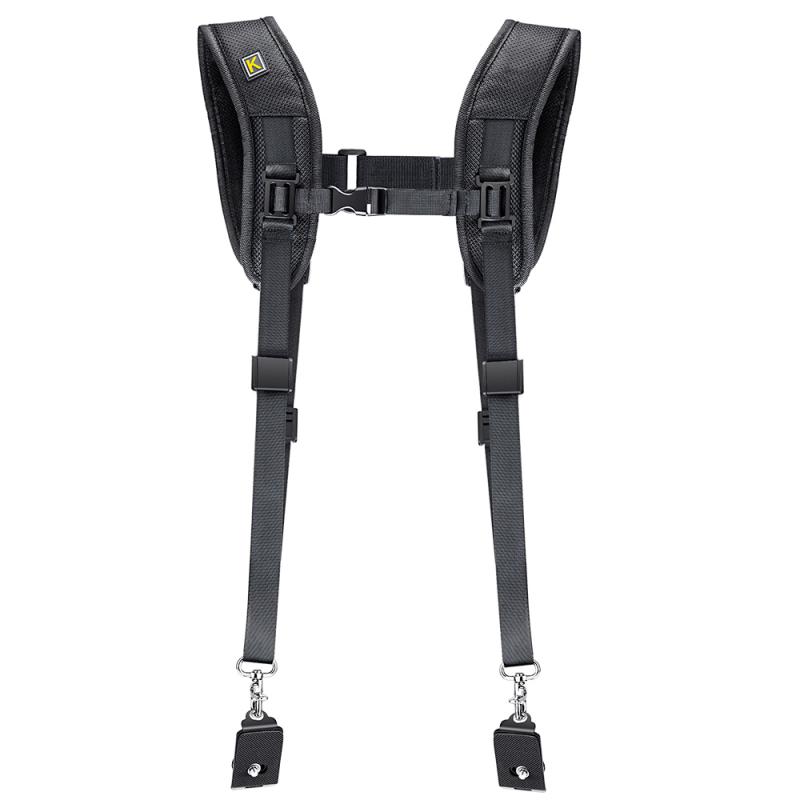
1. Identify the Strap Lugs
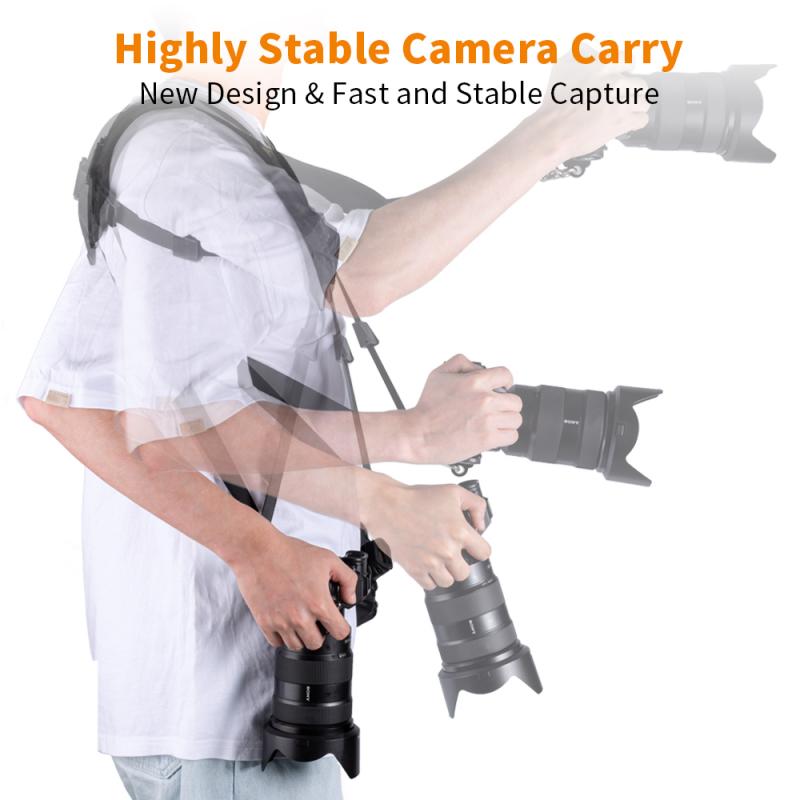
Most cameras come with strap lugs, which are small metal or plastic loops located on either side of the camera body. These lugs are designed to hold the camera strap securely. Before you begin, make sure your camera has these lugs and that they are in good condition.
2. Prepare the Strap
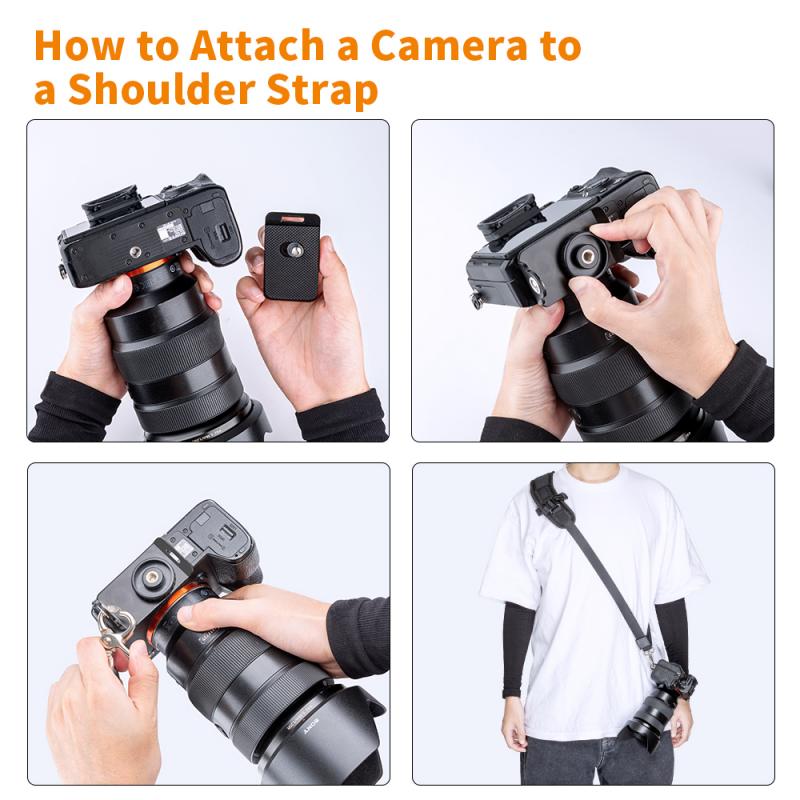
Unpack your camera strap and lay it out flat. Most camera straps have two ends, each with a small loop or buckle. Some straps also come with quick-release clips, which can make attaching and detaching the strap easier.
3. Thread the Strap Through the Lug
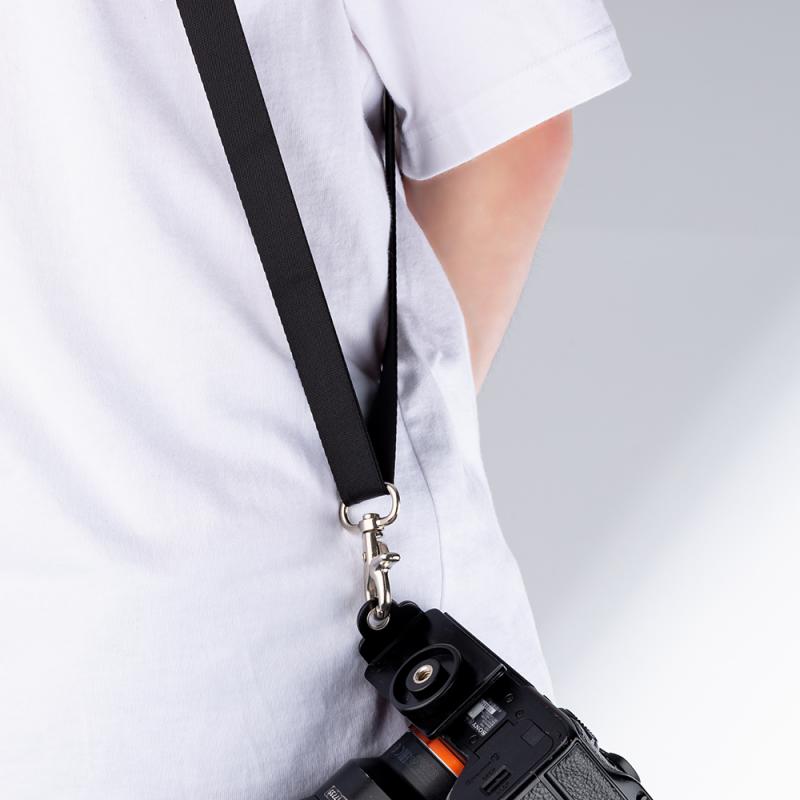
Take one end of the strap and thread it through the strap lug on one side of the camera. If your strap has a buckle, make sure the buckle is positioned correctly so that it will be easy to adjust the length later.
4. Secure the Strap
Once the strap is threaded through the lug, you will need to secure it. This usually involves threading the strap back through a loop or buckle on the strap itself. Make sure the strap is pulled tight and that there are no loose ends that could come undone.
5. Repeat on the Other Side
Repeat the process on the other side of the camera. Make sure both ends of the strap are securely attached and that the strap is not twisted.
6. Adjust the Length
Once the strap is attached, you can adjust the length to suit your needs. Most camera straps have adjustable buckles that allow you to shorten or lengthen the strap. Make sure the strap is comfortable and that the camera hangs at a convenient height.
Types of Camera Straps
There are several different types of camera straps available, each with its own advantages and disadvantages. Here are some of the most common types:
1. Neck Straps
Neck straps are the most common type of camera strap. They are designed to be worn around the neck, with the camera hanging in front of the body. Neck straps are usually adjustable and can be made from a variety of materials, including nylon, leather, and neoprene.
2. Shoulder Straps
Shoulder straps are similar to neck straps, but they are designed to be worn over one shoulder. This can be more comfortable for some people, especially if you are carrying a heavy camera. Shoulder straps often have padding to help distribute the weight of the camera.
3. Wrist Straps
Wrist straps are a good option if you want to keep your camera secure but don't want to wear a neck or shoulder strap. Wrist straps are usually smaller and lighter, making them a good choice for compact cameras.
4. Sling Straps
Sling straps are designed to be worn diagonally across the body, with the camera hanging at the hip. This can make it easier to access the camera quickly, and it can also be more comfortable for long periods of use. Sling straps often have quick-release clips for easy attachment and detachment.
Choosing the Right Camera Strap
When choosing a camera strap, there are several factors to consider:
1. Comfort
Comfort is one of the most important factors to consider when choosing a camera strap. If you are going to be carrying your camera for long periods of time, you will want a strap that is comfortable and doesn't cause strain on your neck or shoulders. Look for straps with padding and adjustable lengths.
2. Security
Security is another important consideration. You want to make sure that your camera strap is strong and durable, and that it will keep your camera secure. Look for straps made from high-quality materials and with strong attachment points.
3. Style
While not as important as comfort and security, style is still a factor to consider. Camera straps come in a variety of colors and designs, so you can choose one that matches your personal style.
4. Functionality
Consider how you will be using your camera and choose a strap that meets your needs. If you need quick access to your camera, a sling strap might be the best option. If you want something lightweight and compact, a wrist strap might be a better choice.
Tips for Using a Camera Strap
Here are some additional tips for using a camera strap:
1. Check the Strap Regularly
Make sure to check your camera strap regularly for signs of wear and tear. If you notice any fraying or weakening of the strap, replace it immediately to avoid accidents.
2. Use a Safety Tether
For added security, consider using a safety tether in addition to your camera strap. A safety tether can provide an extra layer of protection in case the strap fails.
3. Keep the Strap Clean
Keep your camera strap clean to ensure it stays in good condition. If your strap gets dirty, follow the manufacturer's instructions for cleaning it.
4. Be Mindful of Your Surroundings
When using a camera strap, be mindful of your surroundings. Avoid letting the camera dangle in crowded areas where it could bump into people or objects.
Attaching a camera strap correctly is a simple but important task that can help keep your camera safe and make your photography experience more enjoyable. By following the steps outlined in this article, you can ensure that your camera strap is securely attached and comfortable to use. Additionally, by choosing the right type of strap and following the tips provided, you can find a camera strap that meets your needs and enhances your photography experience. Whether you are a professional photographer or a hobbyist, taking the time to properly attach and use a camera strap is well worth the effort.

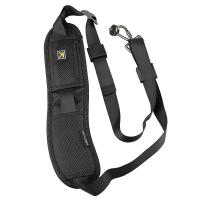
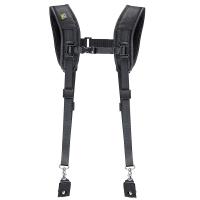
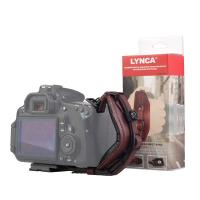



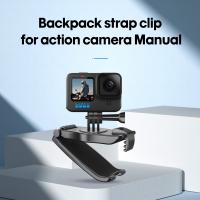
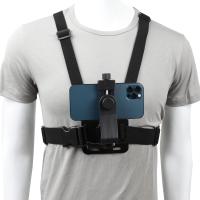
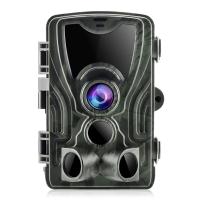

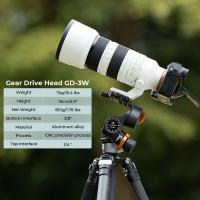





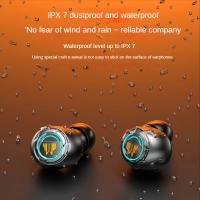
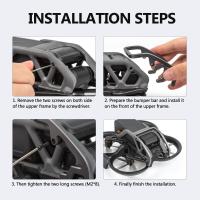
There are no comments for this blog.